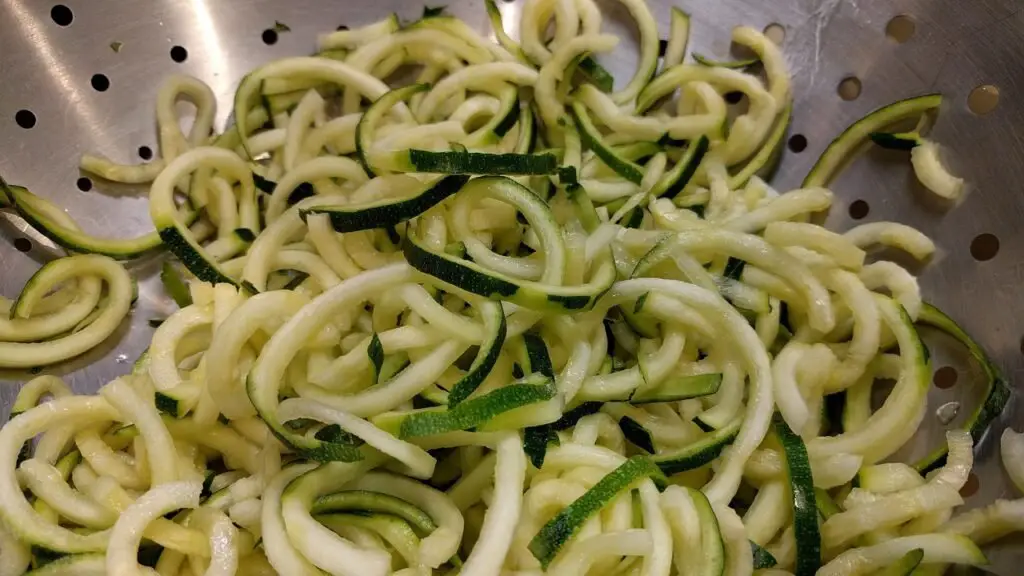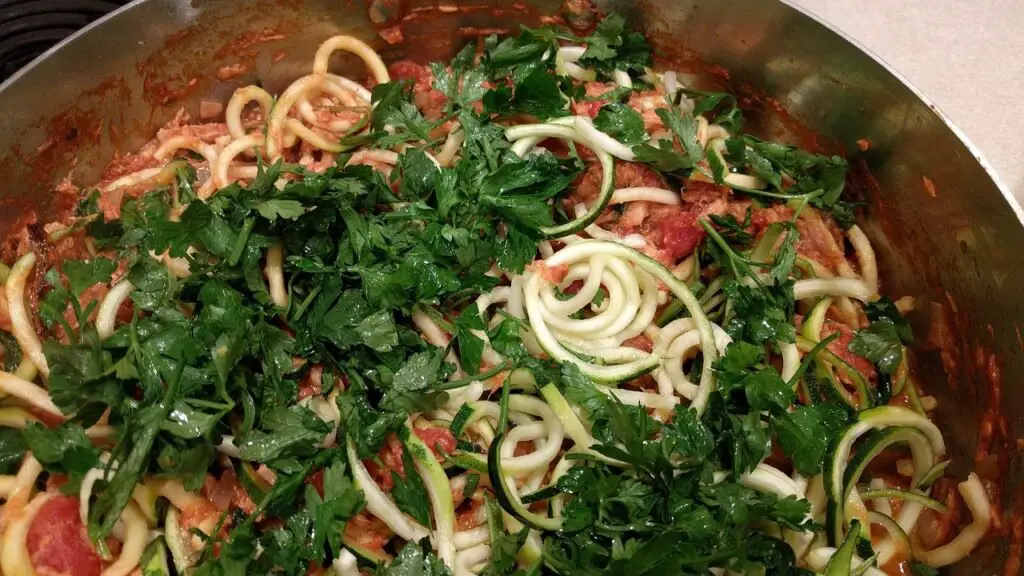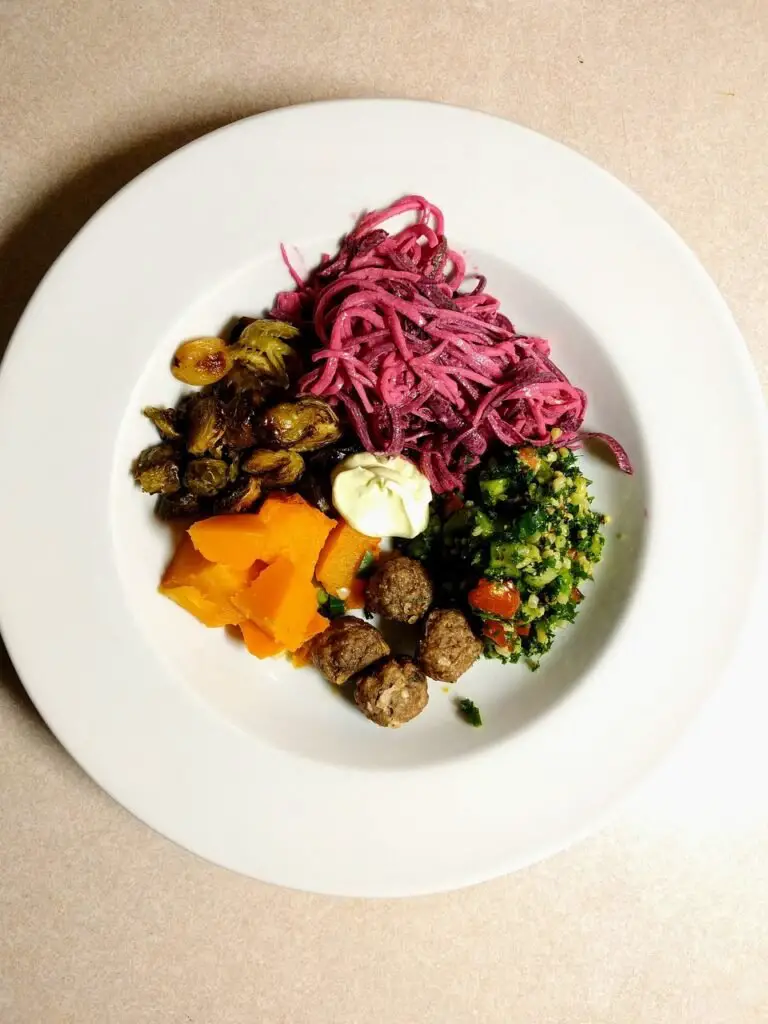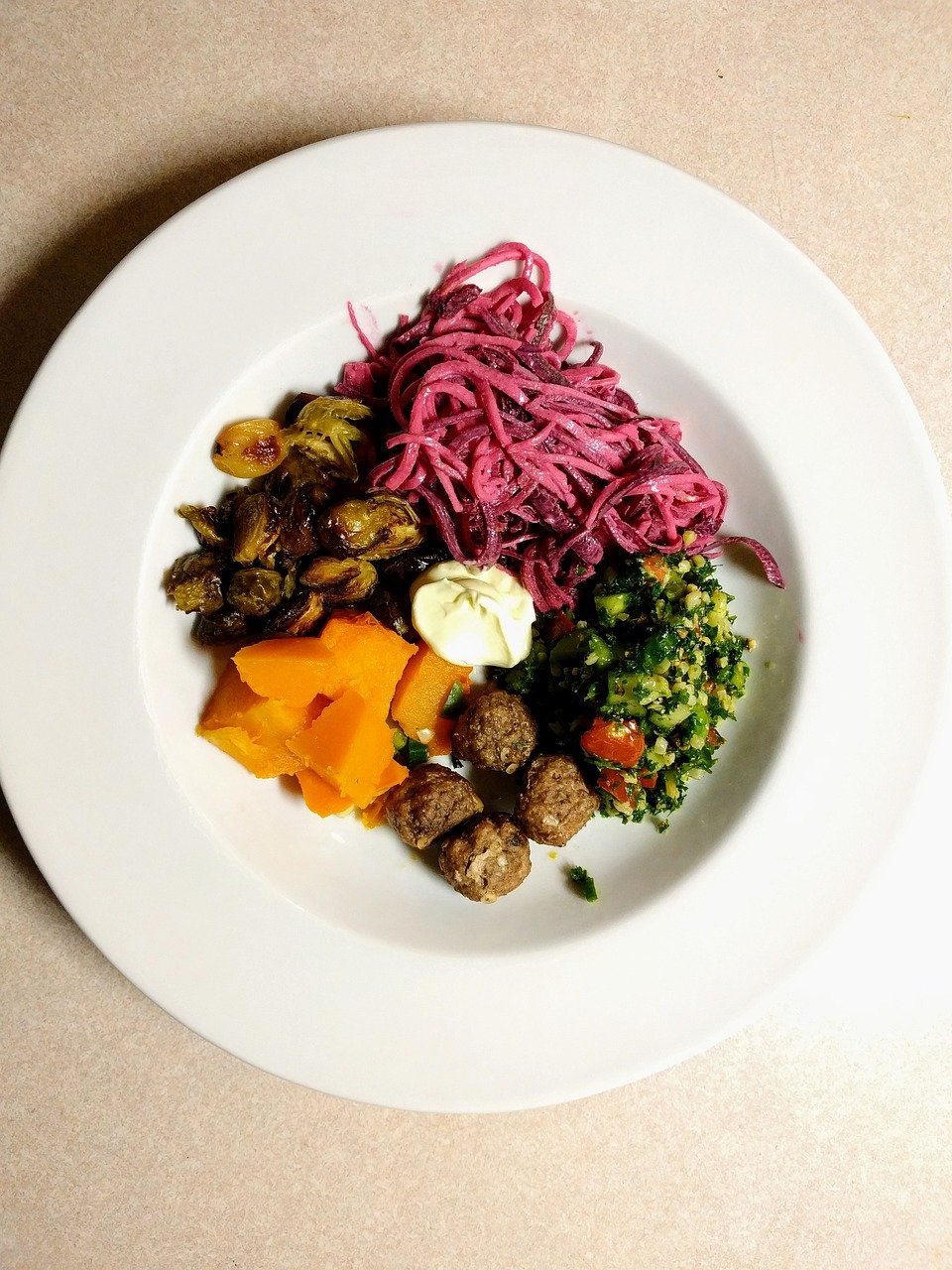In “What Is The Whole30 Diet, And How Does It Work?” you’ll discover everything you need to know about this popular elimination diet that’s taken the health world by storm. You’ll explore its key principles, which involve cutting out specific food groups for 30 days to help identify potential sensitivities and promote overall well-being. By following the Whole30 diet, you aim to reset your body, improve your relationship with food, and eventually reintroduce items to determine how they affect you. Learn how this structured program can provide a transformative experience, enhancing your physical health and mental clarity. Get ready to embark on a journey towards a healthier, more balanced you! Have you ever found yourself wondering about trendy diets and whether they really work? It seems like there’s a new magic bullet for health every week, doesn’t it? Well, today we’re diving into one of the most popular ones out there—Whole30. What is the Whole30 diet, and how does it work? Let’s break it down together.
What Is The Whole30 Diet?
The Whole30 diet is a short-term nutritional reset designed to help you identify and eliminate foods that might be negatively affecting your body. It’s like pressing the restart button on your health, giving you a fresh perspective on how what you eat influences your well-being.
Origins of Whole30
Founded by Melissa and Dallas Hartwig in 2009, the Whole30 program was initially designed as a 30-day challenge to address a wide range of health issues, from poor energy levels to chronic conditions. It’s not just a diet plan; it’s meant to be a full-on lifestyle change.
Basic Principles
At its core, Whole30 eliminates potentially problematic food groups. For 30 days, you exclusively consume whole, unprocessed foods. After this period, you slowly reintroduce the eliminated foods to see how your body responds.
What You Can Eat
Here are the staples of the Whole30 diet:
| Allowed Foods | Details |
|---|---|
| Meat, Seafood, and Eggs | All meats are allowed, but they must be unprocessed |
| Vegetables | All vegetables are acceptable, except for legumes |
| Fruits | All fruits are allowed, in moderation |
| Natural Fats | Olive oil, ghee, avocado, and coconut oil are recommended |
| Herbs, Spices, and Seasonings | As long as they don’t contain additives or sugar |
What You Cannot Eat
And here’s what you need to steer clear of:
| Forbidden Foods | Details |
|---|---|
| Sugar | This includes natural and artificial sweeteners |
| Alcohol | All forms of alcohol are prohibited |
| Grains | Wheat, oats, corn, rice, and all gluten-containing grains |
| Legumes | Beans, lentils, peanuts, and soy products |
| Dairy | No milk, cheese, yogurt, or other dairy products |
| Processed Food Additives | MSG, sulfites, and carrageenan |
How Does Whole30 Work?
The methodology behind Whole30 is grounded in a few key concepts: elimination, observation, and reintroduction. Let’s go through each phase in more detail so you can get the full picture.
The Elimination Phase
This is where you spend the first 30 days avoiding the aforementioned problematic foods. You’ll focus on eating nutrient-dense, whole foods. The idea is to remove any foods that could cause digestive issues, blood sugar swings, and inflammation.
The Reintroduction Phase
After completing the 30 days, you don’t just go back to your old eating habits. Instead, you’ll gradually reintroduce the eliminated foods one by one. This allows you to observe how your body reacts to each, giving you clues about food sensitivities or intolerances.
Observation and Personalization
Assessment is key. If you notice bloating, fatigue, or other symptoms after reintroducing a particular food, it’s likely contributing to your health issues. This knowledge empowers you to personalize your diet to maintain the benefits you’ve gained during the Whole30 period.

Benefits of Whole30
Whole30 promises a variety of benefits, from increased energy levels to improved mental clarity. Here’s a closer look at the potential positive impacts:
Better Energy Levels
Since Whole30 eliminates sugar and refined carbohydrates, your energy levels will likely become more stable. Say goodbye to those dreaded afternoon slumps!
Weight Loss
While Whole30 is not primarily a weight-loss plan, many people do shed pounds due to the focus on whole, unprocessed foods and the elimination of sugars.
Improved Digestion
By avoiding dairy, legumes, and grains, many participants experience less bloating and better digestive health. This is particularly beneficial for those who have food sensitivities.
Enhanced Mental Clarity
Many people report that their cognitive functions improve. Whether it’s a better mood, sharper focus, or improved sleep, the Whole30 program can lead to noticeable mental benefits.
Better Relationship with Food
A significant aspect of Whole30 is changing how you think about food. By eliminating cravings for sugar and junk food, you may find you enjoy healthier foods more.
Potential Drawbacks
While Whole30 offers plenty of benefits, it’s also important to consider potential downsides. Not every diet is suitable for everyone, and Whole30 is no exception.
Restrictiveness
The diet is highly restrictive, which can be challenging for many people. The elimination of entire food groups may not be sustainable long-term.
Social Impacts
Eating out or attending social events can become a bit of a minefield. The strict rules make it hard to partake in communal eating experiences.
Nutrient Deficiencies
Eliminating legumes, grains, and dairy may lead to deficiencies in essential nutrients like calcium, fiber, and some B vitamins. Careful planning is required to ensure a balanced diet.
Psychological Stress
The rigorous guidelines can be mentally taxing, leading to stress and a potential unhealthy obsession with food rules.

Whole30 vs Other Diets
You might be wondering how Whole30 stacks up against other popular diets you’ve heard about. Let’s compare it to Paleo, Keto, and Mediterranean diets.
Whole30 vs. Paleo
Both diets emphasize whole, unprocessed foods, but there are some differences:
| Whole30 | Paleo | |
|---|---|---|
| Duration | 30 days with a reintroduction phase | Long-term lifestyle |
| Dairy | Forbidden | Some dairy allowed |
| Sweeteners | All forms of sugar are banned | Natural sweeteners like honey are permitted |
Whole30 vs. Keto
Although both diets focus on reducing carbs, their goals are different:
| Whole30 | Keto | |
|---|---|---|
| Carb Intake | Not specifically low-carb | Extremely low-carb |
| Fat Focus | No specific emphasis on fats | High-fat diet |
| Duration | Short-term reset | Long-term diet |
Whole30 vs. Mediterranean
The Mediterranean diet is considered one of the healthiest, and here’s why:
| Whole30 | Mediterranean | |
|---|---|---|
| Duration | 30 days with reintroduction | Long-term lifestyle |
| Allowed Foods | Very restrictive | Inclusive, emphasis on whole grains and legumes |
| Alcohol | Banned | Red wine in moderation is allowed |
Tips for Success
Excited to get started? Here are some practical tips to help you breeze through the Whole30 journey.
Meal Prep
Preparation is key to success here. Spend some time planning meals for the week and batch-cook to make life easier. Pre-chopping vegetables and pre-cooking proteins can save you time and stress.
Read Labels
You’ll become a master of reading ingredient labels. Even seemingly innocent foods can contain sneaky sugars or additives. Be diligent!
Find Substitutes
Craving something sweet or missing your morning coffee with cream? There are plenty of Whole30-compliant alternatives. Coconut milk, sweet potatoes, and natural herbs can go a long way in satisfying cravings.
Join a Community
Connecting with others who are also doing Whole30 can provide moral support and share tips, recipes, and encouragement. There are many online forums and local community groups where you can find camaraderie.
Stay Hydrated
Sometimes what you perceive as a craving is actually just thirst. Make sure you’re drinking plenty of water throughout the day.

Common Challenges & How to Overcome Them
Starting Whole30 can be a rollercoaster of emotions and challenges, but knowing these in advance can help you navigate them more smoothly.
Cravings
The first week is often the hardest as your body adjusts to not having sugar and other eliminated foods. Stay strong and remember that it’s temporary.
Social Situations
Parties, restaurants, and family dinners can be tough. Communicate your dietary needs ahead of time and consider bringing a Whole30-compliant dish to share.
Time Management
Meal preparation can be time-consuming. Investing in kitchen gadgets like instant pots and slow cookers can help streamline cooking processes.
Emotional Eating
Whole30 can bring a heightened awareness of your emotional relationship with food. It’s an excellent opportunity to recognize and address emotional eating habits.
FAQs About Whole30
You may still have some questions lingering in your mind. Here are answers to some of the most frequently asked questions about Whole30.
Can I Do Whole30 If I’m Vegetarian?
While it’s more challenging, you can adapt Whole30 to a vegetarian lifestyle by focusing on eggs, nuts, seeds, and approved plant-based proteins. However, it’s worth noting the diet is primarily designed with omnivores in mind.
Is Whole30 Safe For Everyone?
It’s generally safe, but because of its restrictive nature, it may not be ideal for those with specific health conditions or nutritional needs. Always consult a healthcare provider before starting any new diet plan.
Will I Gain Weight After Completing Whole30?
Any weight gained post-Whole30 generally depends on what foods you reintroduce and in what quantities. If you maintain some of the healthy eating habits you’ve developed, you’re less likely to experience weight gain.
Can I Exercise During Whole30?
Absolutely! Incorporating exercise during Whole30 is encouraged but remember to listen to your body. You might need to adjust your workout intensity based on how you’re feeling.
Can I Drink Coffee on Whole30?
Yes, you can drink coffee, but it must be black or with compliant additives such as coconut milk. Sugar and artificial creamers are off-limits.

Final Thoughts
Embarking on the Whole30 journey can be life-changing. It not only gives you a fresh start with your dietary habits but also provides you with a deeper understanding of how different foods impact your body.
Remember, this is not just a 30-day challenge; it’s a gateway to a healthier lifestyle. Whether you’re looking to tackle health issues, understand food sensitivities, or simply reset your eating habits, the Whole30 program offers a structured and supportive way to achieve your goals. So, are you ready to give it a go?
Taking that first step can be daunting, but with the right mindset and resources, you’re well on your way to a healthier, happier you. Good luck on your Whole30 journey!





